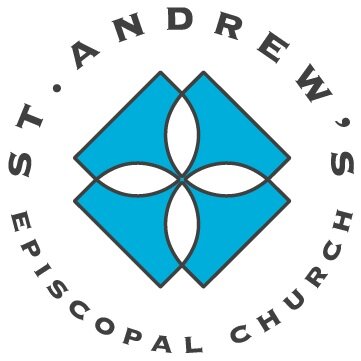Sunday, May 25, 2025
/The Sixth Sunday of Easter
Acts 16: 9-15; Psalm 67; Revelation 22:10, 22: -22:5; John 5: 1-9
The Rev. James M. L. Grace
In the Name of the Father, Son, and Holy Spirit. AMEN.
The story begins almost three thousand years ago, and takes place in the city of Jerusalem around 800 BCE. About eight hundred years before the birth of Christ, builders constructed a dam across the Beth Zeta valley, which turned it into a reservoir to contain rain water. About 600 years later, in 200 CE, a second pool was added onto the southern side of the dam.
For centuries these two pools existed outside the city walls of Jerusalem until Herod Agrippa expanded the city walls, bringing the two pools into the city. As centuries passed, the Romans built temples beside these pools to Asclepius, their god of healing, because of the perceived healing properties of the pool. As history passed, crusaders built a Christian church on the site of the Roman pagan temple. Several hundred years later another church was built upon the ruins of that first church. This church – which still stands today – was built around 1130 CE and was named for St. Anne, the mother of Mary, the mother of Jesus.
About one hundred and fifty years ago, as archeologists were excavating around the church of St. Anne, they discovered ruins of the old crusader church, and more importantly, they discovered the pool once built there millennia ago. In the gospel of John today, the author describes the pool as having five porticos, or covered colonnades. Within these colonnades people in need of healing would wait before wading into the pool, where they hoped they would be healed. The portico, or colonnade, was much like the doctor’s waiting room, minus the fake plants and old magazines.
Today you can visit the pool of Bethesda in the Muslim Quarter of the old city of Jerusalem. Jesus visited there, too, the gospel says. On the day of rest – shabbat, Jesus went to the pool of Bethesda, and there encountered a man who had been unable to walk for thirty-eight years. Jesus knew the man had been there a long time, and he asked the man in that portico “Do you want to be made well?”
The man doesn’t say “yes” to the question but rather tells Jesus he has no way of getting into the water to be healed because others go into the water first. It’s brilliant what Jesus does here. He doesn’t pick the man up and lower him into the water to be healed, because Jesus knows the water isn’t going to make him walk again. Instead, Jesus heals him there – immediately. “Stand up, take up your mat, and walk,” Jesus says. And the man does that. It’s important to note here that Jesus heals a man on a day he shouldn’t - a sabbath, a day of rest. Jesus’ propensity to heal on the sabbath is one of the reoccuring things he does that later gets him into trouble with religious authorities.
Imagine, for a moment, that you are the man in the portico. You are laying there on your mat, with hurting and injured people all around you. What is it that brought you to the portico that day? What is the injury, illness, or trauma you are hoping is healed? Now imagine Jesus before you, looking into your eyes and asking you, “do you want to be made well?” Do you? Some of us would probably say “yes” to being healed. Others of us may say “no,” because healing may seem a bridge too far for us. Rather than be healed, some of us may prefer to remain in our sickness, because at least in our sickness, no matter how painful it is, we at least know it. It’s familiar and comfortable. Yes it’s painful, but it is my pain. Healing is something new – maybe a little scary, because it is unknown. Healing requires faith and it requires trust. Imagine yourself back in that portico, with whatever ailment has brought you there, and Jesus again asks “do you want to be made well?” Do you? AMEN.

